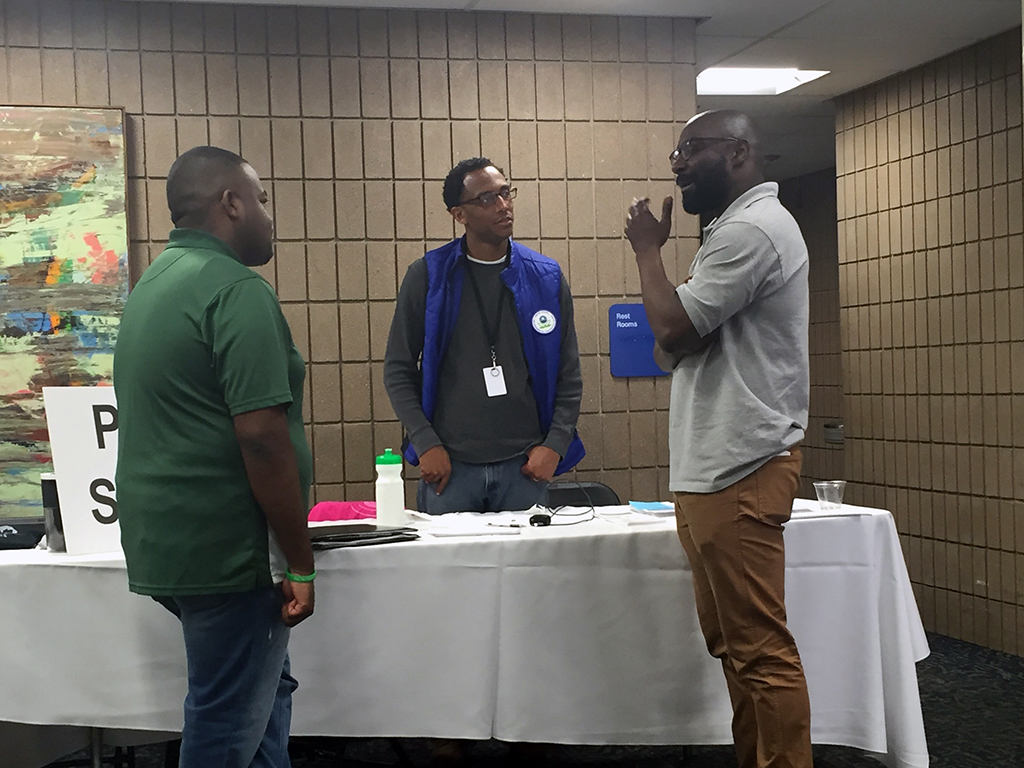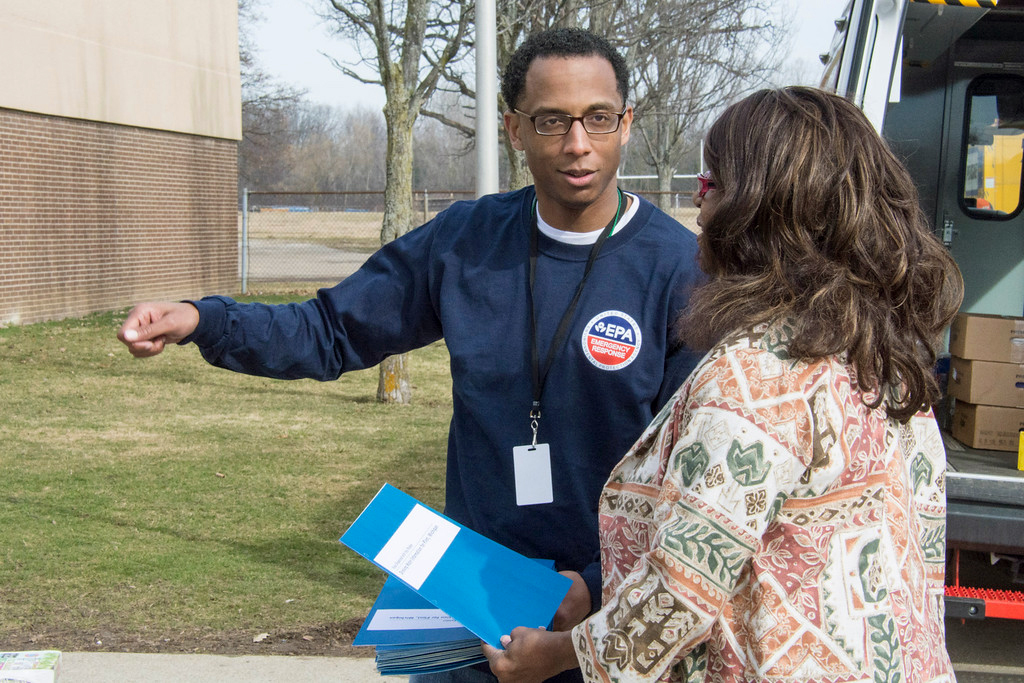
President Obama will speak to community members in Flint at 4:00 pm ET. Watch here.
Five generations of my family have called Flint, Michigan home. We’re Flintstones. We work hard and we are some of the best and strongest people you will meet. I was born here, spent the first part of my childhood here and still have many friends and relatives who reside in the city. To me, Flint is more than just a popular news headline about a city coping with contaminated water. It is a community that I cherish, populated with people I love.
As the U.S. Environmental Protection Agency's (EPA) Associate Administrator for Public Engagement and Environmental Education, I am charged with leading the agency's outreach efforts and developing strategies that enable the EPA and the entire federal response team to form meaningful partnerships with the city, local community organizations and advocates. Since January 2016, I have worked out of EPA's command post in Flint and have assisted the agency with outreach efforts to keep residents up to date on measures they should take to safeguard their health as the city's water system continues to recover.
One of the most important lessons I have learned in this position is that true community outreach is not just about informing the public on an issue. Effective community outreach is a multi-tiered approach that involves frequent engagement, active listening and getting feedback from the community. With this approach, we can deliver responsive and adaptable actions that reflect the sentiments of the people being served.

Over the last several months, EPA has partnered with two local community organizations - Michigan Faith in Action and Flint Rising - on door-to-door canvassing operations. EPA staff has assisted volunteers from these organizations in developing canvassing materials, knocking on over 10,000 doors, having over 5,000 conversations, and passing out thousands of EPA fact sheets.
This allows us to listen and receive valuable feedback from community members. EPA has developed a portfolio of over 500 public locations such as places of worship, libraries, schools, daycare centers, elderly centers, barber shops, beauty salons, community centers, and neighborhood associations that agency staff visit throughout the week to hear firsthand from residents on their sentiments and concerns. EPA staff have made over 500 visits to approximately 450 of these locations throughout Flint.
As part of this effort, I have been working with the City of Flint, and the State of Michigan on our #FlushforFlint campaign to encourage residents to run water from their kitchen sinks and bathroom tubs for 5 minutes each day for 14 straight days during the month of May. Because if we can get more water flowing in the water system, it will help flush out additional lead particles in the system. The State of Michigan is paying for the program and credit will be added to residents’ water bills.
Our team is in Flint, and we’re not leaving until we get the water system back on track and we're confident that the needs of the community are being met. Because to me, this is about more than just water. This is about my family and building a new foundation for all of the strong and hard-working Flintstones I care so deeply about.
Learn more about our work at www.epa.gov/flint.
Micah Ragland is U.S. EPA Associate Administrator for Public Engagement and Environmental Education


